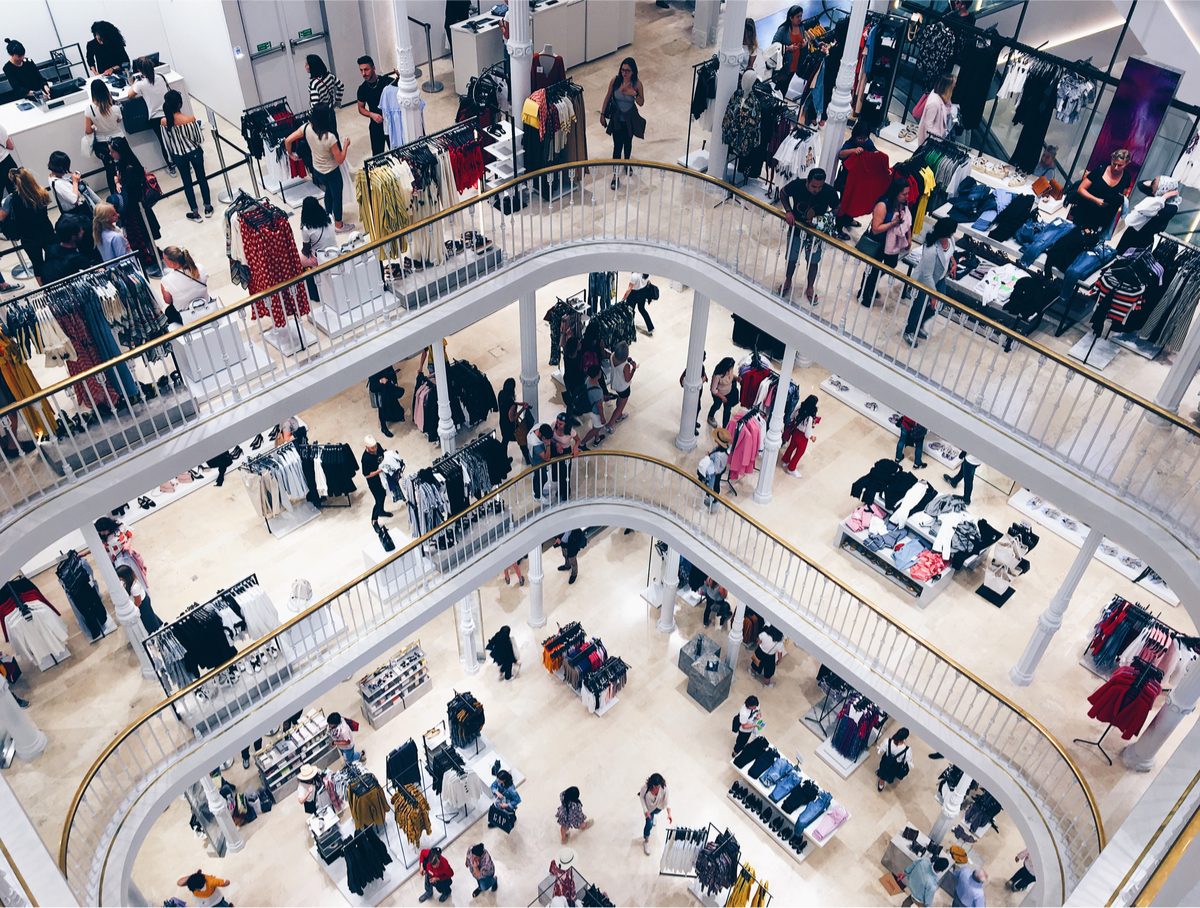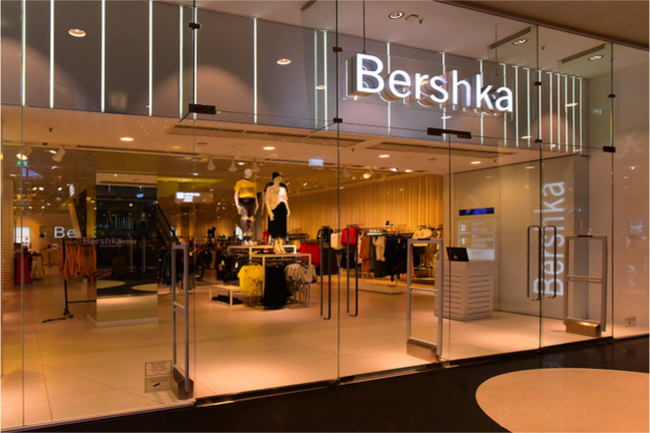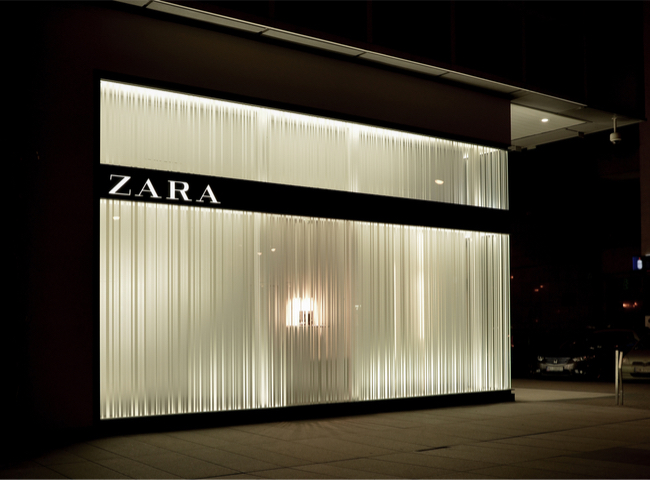When speaking about ecology in the fashion industry, we often think about the green production practices, though there are other ways to adhere to the green cycle of sustainable fashion. Companies like Inditex are already using some of them to reduce the consumption of electricity with 20% and of water with 40% in their fashion stores.

Most of us have heard about the brands: Zara, Pull&Bear, Massimo Dutti, Bershka, Stradivarius, Oysho, Zara Home and Uterque. They are so popular and successful and all of them are united by the name Inditex. The company has 7,475 stores in total, all around the world, which are constantly upgraded and renovated to comply with Inditex’s efficiency targets and meet the 2020 objective.

The green change in the Inditex stores is all about the strategy in the design. The eco-efficiency is the first and primary consideration in store designing. They are combining the following successful practices in the stores to reach the maximum efficiency level:
– automatic motion sensors, which are dim-lighting the less used areas by 80%
– zone thermostats, which are automatically adjusted according to occupancy and the sunlight presence in the room. With this system, the energy saving is typically around 40%
– automatic electronic air curtains at stores’ entrances regulate the temperature and save up to 15% of the energy
– centralized monitoring and control of electricity usage in 1,440 eco-stores optimize the energy consumption
– speed-controlled escalators slow down when not in use

– LED lighting with up to 4 times longer lifespan than ordinary lighting
– lighting softwares dim lights depending on tasks and time. As a result, 66% of lighting is switched off during cleaning, deliveries and stays focused on the cash desk at the end of the day
– store-by-store analysis of climate, location and ambient light, through which the most efficient levels of store backlighting are found
– controlling water flow rates in bathroom facilities and installing greywater recovery systems reduces water consumption